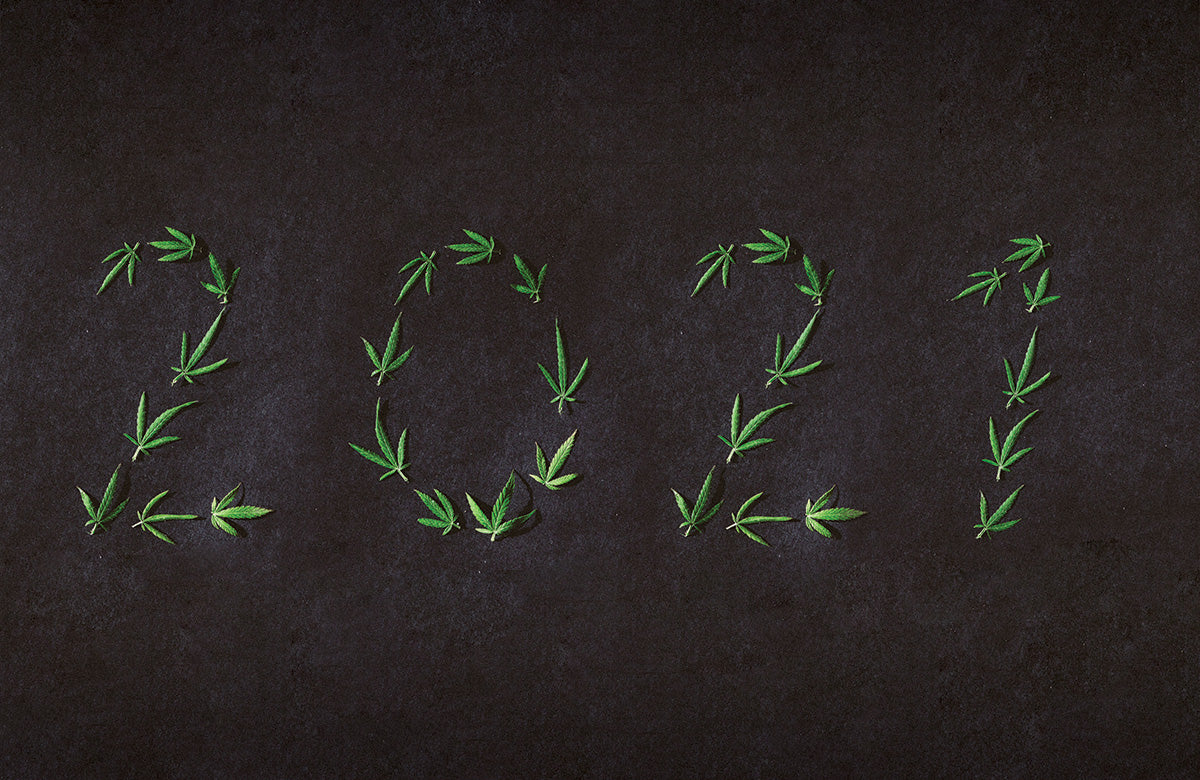The Drug Enforcement Administration (DEA) believes it’s found the answer to identifying what kind of emojis the youth are using to talk about buying and selling illegal drugs. But in a classic “21 Jumpstreet” fashion, the federal organization doesn’t seem to have the firmest grip on the lingo– disregarding from the new guide for parents, standard emojis that are used in place of cannabis. The administration also appears internally perplexed, as multiple reduplications of its drug emoji guide show different symbols used for the same drugs. The organization has also declared that the emojis 💥 and 💣– which is interpreted to mean “bomb ass shit”– are frequently used in illicit drug transactions enough to attract attention on a government-provided flyer for parents.
With that being said, the DEA declares that its One Pill Can Kill Campaign “offers an opportunity for the media, parents, teachers, educators, and community organizations to raise awareness about counterfeit prescription drugs.” The organization wrote, “Do you know the meaning behind certain emojis? Emojis were originally designed to represent an emotion, event, or activity, but have recently taken on a language of their own.” The agency continued, “Criminal organizations, including drug traffickers, have noticed and are using emojis to buy and sell counterfeit pills and other illicit drugs on social media and through e-commerce.” The DEA’s reference guide “is intended to give parents, caregivers, and influencers a better sense of how this language is being used in conjunction with illegal drugs.”
Although it did acknowledge that “this list is not all-inclusive” and emoji guide is “a representative sample.” DEA Administrator Ann Milgram spoke on the new effort at a press conference last week. She said, “Criminal drug networks are now front and center on social media, with us whenever our smartphones are.” Milgram continued, “Known emojis and code words are being widely used as signals online, in the online buying and selling of deadly drugs like fentanyl and fentanyl-laced fake pills.”
She concluded, “That means that these deadly drugs are reaching our communities faster, easier, and cheaper than ever before. They are just one click away.” A PowerPoint presentation on the emoji data also consisted of a slide in which criminal enterprises most commonly frequent social media platforms. Snapchat was first on the list, followed by Facebook Messenger, Instagram, TikTok, and Youtube. (However, the logos are mistakenly swapped for Youtube and TikTok.) While the organization attempts to decipher youth emoji trends has a small cringe factor– how do you forget about 🌳 and 🍃 as code for cannabis?– there is a counterfeit prescription pill problem in the U.S. that’s participated to record overdose deaths.
Profoundly, however, adolescents’ use of illicit drugs– from cannabis to OxyContin– “decreased significantly” in 2021, as reported by a federally funded survey released earlier this month. The DEA said, “Emojis, on their own, should not be indicative of illegal activity, but coupled with a change in behavior; change in appearance, or significant loss/increase in income should be a reason to start an important conversation.” As the DEA works to thwart illegal drug trafficking by decoding emojis so parents can be aware that their kid is secretly taking tokes from a bong, it is also working to promote research into currently controlled substances like marijuana, psilocybin, and MDMA.












Leave a comment
All comments are moderated before being published.
This site is protected by reCAPTCHA and the Google Privacy Policy and Terms of Service apply.